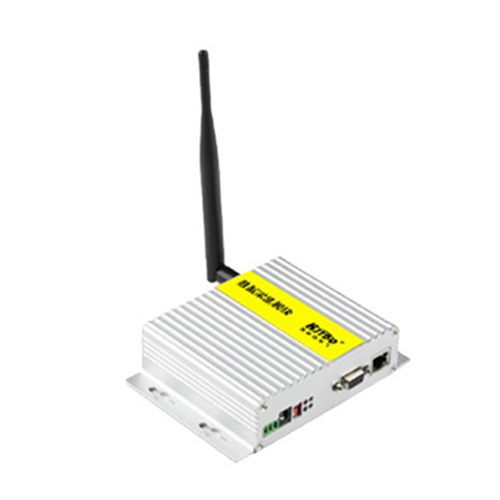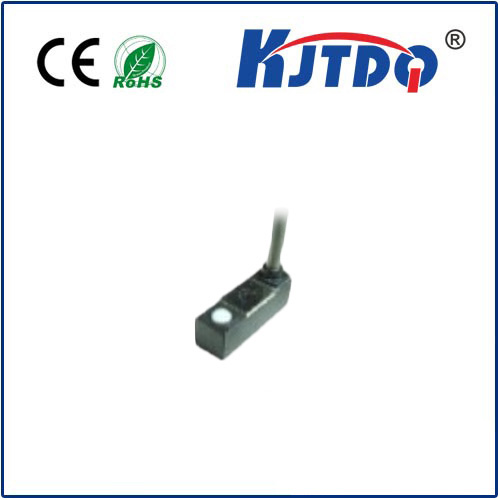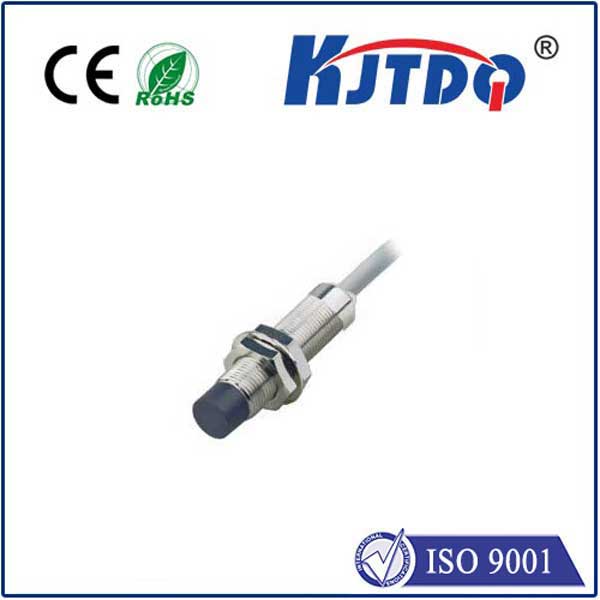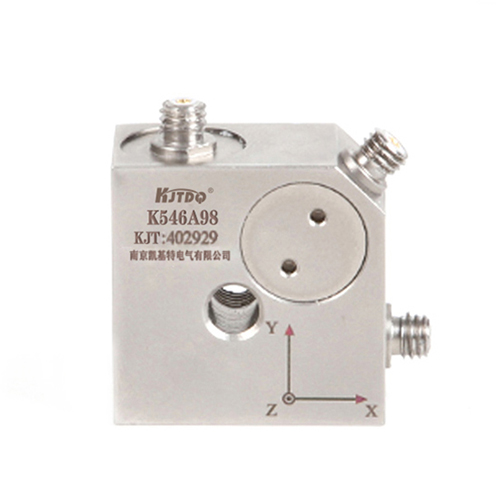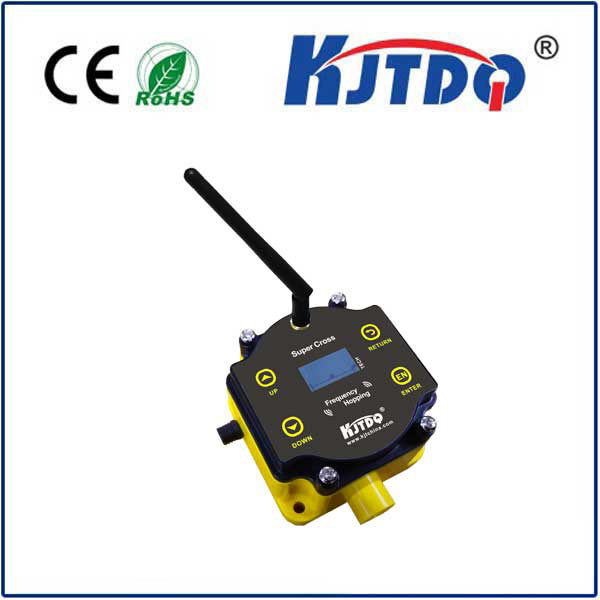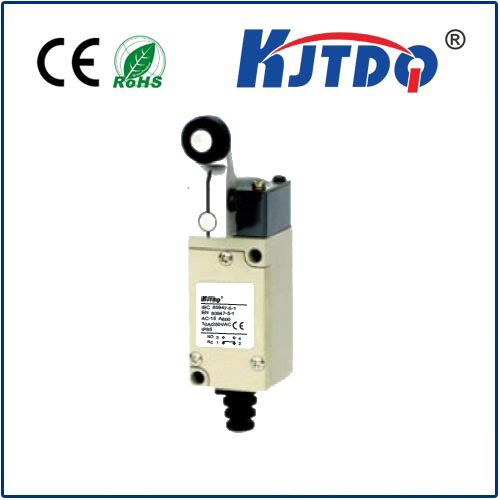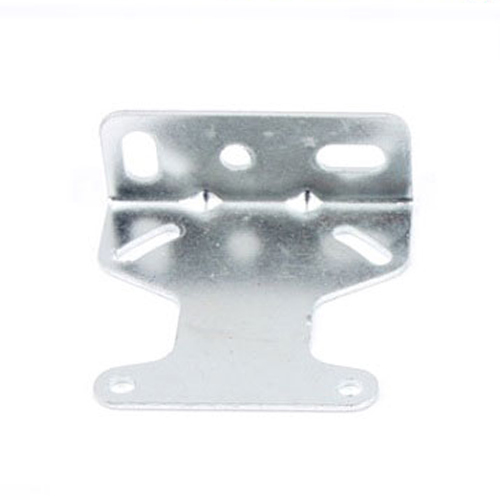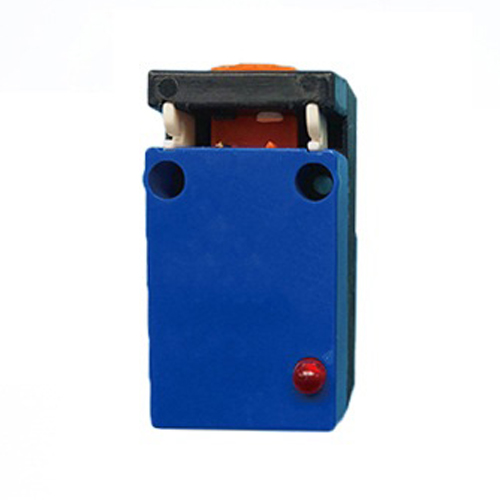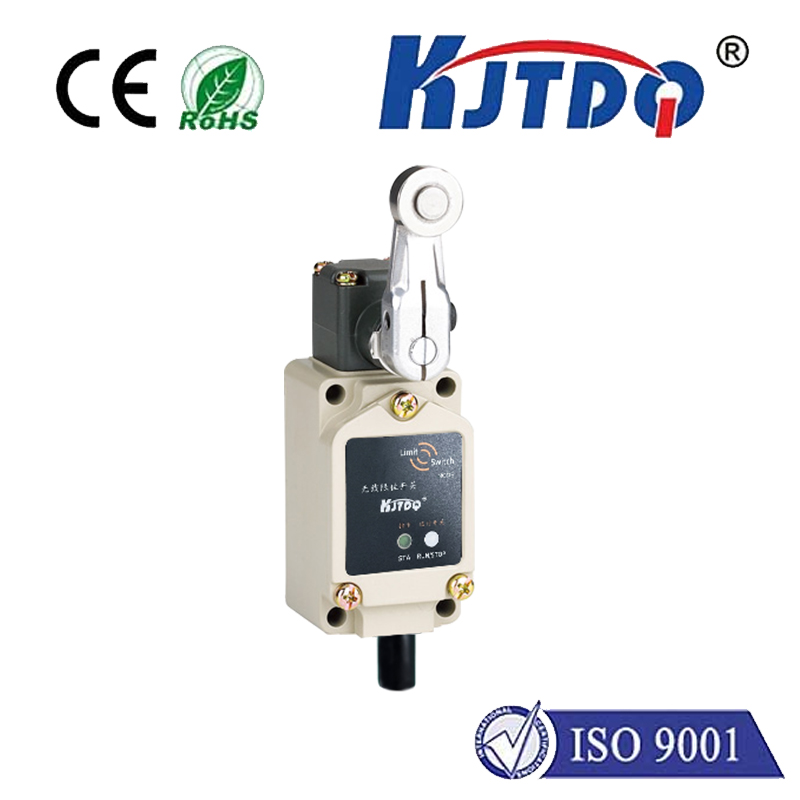отражательный датчик
- time:2025-07-24 04:20:24
- Нажмите:0
Reflective Type Sensors: The Unsung Heroes of Proximity and Presence Detection
Ever paused to consider how your printer knows when it’s run out of paper? Or how an automatic soap dispenser magically releases liquid when you place your hand underneath? Chances are, a small, unassuming component called a отражательный датчик is working diligently behind the scenes. These fundamental photoelectric sensors are ubiquitous in modern technology, offering a reliable and often cost-effective solution for detecting objects, measuring distances, and ensuring processes run smoothly without physical contact. This article delves into the workings, applications, and critical considerations surrounding these essential sensing devices.
Understanding the Photoelectric Principle
At their core, reflective type sensors operate on a simple yet powerful principle: emitting light and detecting its reflection. They fall under the broader category of Фотоэлектрический датчик, which use light (typically visible red, infrared, or laser) to sense the presence, absence, or distance of an object. Unlike through-beam sensors that require a separate transmitter and receiver unit, or diffuse sensors that detect light scattered directly back from the target object, reflective type sensors incorporate both the emitter and detector within a single housing.
The Key Components and How They Work Together

A typical reflective optical sensor comprises several key components working in concert:
- Light Emitter (LED/Laser): This component generates the sensing beam, most commonly an infrared (IR) light-emitting diode (LED) for its insensitivity to ambient light, though visible red LEDs and laser diodes are also used for specific applications requiring precision.
- Photodetector: Usually a phototransistor or photodiode, this component is responsible for receiving the reflected light beam and converting it into an electrical signal.
- Optics: Lenses collimate (focus) the emitted light into a tight beam and focus reflected light onto the photodetector, enhancing range and reliability. Apertures may be used to narrow the sensing beam further.
- Signal Processing Circuitry: This electronics interpret the signal from the photodetector. It filters noise, sets sensitivity thresholds, and outputs a clean, usable signal (e.g., digital ON/OFF or an analog voltage proportional to received light intensity).
- Reflector Target (for Retroreflective Types): Crucially, there’s a distinction within reflective sensors: Retroreflective sensors rely on a dedicated reflector (like a prismatic corner cube reflector or specialized tape) placed opposite the sensor. This reflector bounces the emitted light beam directly back to the detector within the sensor unit. Object detection occurs when an opaque object breaks this light beam between the sensor and the reflector. True reflective or diffuse reflective sensors, however, detect light reflected directly from the surface of the object itself. No separate reflector is needed. Detection occurs when the target object is close enough to reflect sufficient light back to the detector.
Why Choose Reflective Type Sensors? Key Advantages
The fundamental design of reflective sensors, especially retroreflective ones, offers several compelling advantages:
- Simplified Installation: Integrating the emitter and detector into a single unit drastically reduces wiring complexity compared to through-beam sensors needing two separate devices. Only one mounting point and wiring run are required (for retroreflective with reflector).
- Cost-Effectiveness: Eliminating a separate receiver unit generally makes retroreflective sensors more economical than through-beam options, while still offering good range and reliability.
- Reliable Long-Range Detection: Retroreflective sensors can achieve impressive sensing distances (often several meters) due to the highly efficient return of light from the dedicated reflector. They are less sensitive to target color or surface finish than diffuse sensors.
- Robust Object Detection: Particularly effective for detecting opaque objects that reliably interrupt the light beam (in retroreflective mode).
- Dust and Debris Resistance: Retroreflective sensors often outperform diffuse sensors in environments with airborne particles or light dust, as the direct beam path through the particles is less affected than relying on diffuse reflection from a potentially obscured target surface.
- Wide Application Scope: From detecting box presence on a conveyor belt to counting products, confirming gate closure, paper detection in printers, and even as proximity sensors in consumer appliances, their versatility is immense.
Navigating Limitations: Important Considerations
While incredibly useful, reflective sensors aren’t a one-size-fits-all solution. Understanding their limitations is vital for successful implementation:
- Target-Dependence (True/Diffuse Reflective): Sensors relying on reflection directly from the target object are highly sensitive to its color, reflectivity, texture, and angle. Dark, matte, or irregular surfaces reflect minimal light, dramatically reducing sensing distance or causing detection failure. Careful sensor selection and testing with the actual target are essential.
- Reflector Dependency (Retroreflective): Requires mounting and alignment of the separate reflector. Damage or misalignment of the reflector leads to sensor failure. Keeping the reflector clean is also critical.
- Ambient Light Sensitivity: While optics and modulated light help, extremely bright ambient light (especially direct sunlight) can sometimes saturate the detector or create noise, interfering with reliable operation. Filters and proper housing design mitigate this.
- Target Transparency: Transparent objects (like glass or clear plastic) may not reliably interrupt the beam in retroreflective mode or reflect sufficient light when using diffuse mode. Specialized sensors exist but require careful evaluation.
- Surface Angle: The angle at which light strikes a target (for diffuse sensors) significantly impacts the amount of light reflected directly back to the detector. Non-perpendicular angles can reduce signal strength. Retroreflective sensors are immune to the target’s angle once it breaks the beam.
- Sensing Range: While retroreflective offers good range, it’s generally less than high-end through-beam sensors. True reflective (diffuse) sensors have shorter ranges than retroreflective and are highly target-dependent.
Versatility in Action: Common Applications
The practical uses for reflective photoelectric sensors span countless industries:
- Промышленная автоматизация: Object detection on assembly lines, conveyor belt monitoring (product presence/absence/jam detection), box counting, palletizing, bottle/can detection, machine guarding (position verification).
- Packaging Machinery: Confirming flap closure, detecting labels or film, verifying case sealing.
- Printing & Paper Handling: Paper jam detection, paper low/out sensing in copiers and printers, sheet counting.
- Перевозка материалов: Detecting objects on elevators, hoists, and automated guided vehicles (AGVs); confirming door/gate status (open/closed).
- Automotive: Proximity detection for automatic tailgates, assembly line part verification, robotic arm positioning.
- Consumer Appliances: Liquid level detection, soap/paper towel dispensing, door interlock safety switches (e.g., microwaves, washing machines).
- Security: Gate/door position monitoring, tamper detection (beam interruption).
- Robotics: Short-range obstacle detection, proximity sensing, part verification.
Selecting the Right Sensor: Key Factors
Choosing the optimal reflective sensor hinges on several critical factors:
- Detection Task: Is reliable detection of opaque objects needed across distance (favor retroreflective)? Or detection directly off a specific target surface (requires diffuse, but check reflectivity!)? Is precision distance measurement needed (analog output diffuse/laser)?
- Target Characteristics: Crucial for true/diffuse sensors: Assess color, surface finish (shiny, matte), material, size, and potential angle. Test with actual samples if possible.
- Required Sensing Distance: Identify the minimum and maximum detection range needed. Retroreflective offers longer ranges than diffuse.
- Environmental Conditions: Consider ambient light levels, temperature extremes, potential exposure to dust, moisture, oils, or chemicals. IP ratings indicate environmental protection.
- Output Requirement: Simple ON/OFF (digital)? Or proportional analog output for distance or reflectivity measurement?
- Mounting Constraints: Evaluate available space for both the sensor and (for retroreflective) the reflector. Consider physical obstacles.
- Cost/Performance Balance: Weigh the simplicity and cost of retroreflective against the

